10 Things every cyclist should know !

Like many aspects of life in general there are nuances of riding a bike that are passed down by word of mouth or that some times will be demonstrated . Many are simple things, but if you are never informed, how will you ever know ? Here are my top 10 :
10 : The rear end :

Every now and then you see cyclists wearing white shorts with a VJL (visablejocks line) underneath . All cycling shorts are designed with a padded chamois to be worn next to the skin. You may feel naked the first time that you do this but you will get used to it very quickly. The seam of any underwear will cut into you and is a surefire way to get a saddle sore or to end up walking like John Wayne after a spin. Chamois cream is a great way to cut down on the natural friction that occurs when pedaling at 90 rpm for a couple of hours. This can be applied to either the chamois itself or directly onto the skin where the point of contact is.
Whilst everyone has a personal choice in saddle styles, in general they should be narrow for road bike use, as you will be sitting more forward and a wide saddle may cause chaffing between the legs. All saddles should be level, not pointing up or down. If you feel that you need your saddle pointing down towards the front hub, chances are that it is too high in the first place and vice verse. It does take time to get your rear end used to sitting on a saddle for hours on end, but this too is all part of the training.
9 : What to do if you get a puncture :

There are racing cyclists who drop their bike into a shop to have a new tube fitted after getting a puncture whilst out training. I blame mobile phones for this. If you had no way of communicating with someone who may come to pick you up there would be a much greater incentive to learn what to do yourself. And it really is pretty simple.
Forget about patches, that puts people off straight away. On every training spin bring a pump, tyre levers and 2 spare tubes. If you get a puncture, take off the wheel ( if it’s a rear drop it down into the outside sprocket first as this will help you know where to hang the chain when putting the wheel back on ). Use your tyre levers to remove one side of the tyre and then pull out the tube. Pump the tube to see if you can find where the air is coming out. This will give you a good idea of where to check the tyre for the item which caused the puncture in the first place. Locate the thorn, piece of glass, thumb tack, or whatever and remove. Then check the rest of the tyre. If you cannot find anything whatsoever in the tyre and the tube has two holes very close together, this may be a pinch flat. These are caused by riding an under inflated tyre over a pothole or stone . Next slightly inflate your new tube and fit into the tyre. Re-seat the outer bead of the tyre and finish near the valve. The reason for this is so that if a part of the tube remains under the tyre bead by pushing the valve back up into the tyre you can re-seat this properly. Now pump the tyre as hard as possible using your hand pump and refit the wheel.
8 : How to ride in the wind :

The wind can be a cyclists’ greatest enemy. But with a little practice you can make life much easier for yourself when the trees start to sway. If you are riding in a group stay close to the rider in front. If the wind is coming from the left place your front wheel slightly to his right and vise verse. When riding on your own be conscious of any protection or shelter that a ditch or wall can offer.
Use your gears and try to keep a good pace going. Riding against a strong headwind is very similar to climbing, that’s why so many Dutch riders have excelled in the mountains of the Tour de France. Always try to begin your training spins with a headwind so that you can enjoy the tailwind on the way back.
7 : Food and Drink :

For spins under 2 hours you do not need to eat anything. Bring a gel in case you are having a bad day. For longer spins bring an an energy bar, ride shots , fruit or whatever you like to eat and nibble away from the 1.5 hour point onwards. Drinking depends on the weather, but is a good idea to begin sipping within the first 5 mins. as this will set the tone for the rest of the spin. I usually use 1 x 500 ml bottle of isotonic mix every 2 hours whilst training.
6 : Using your gears :

It is always easy to spot an inexperienced cyclist. They are trying to churn a huge gear with their shoulders. Take a look next time you see one and you will see their shoulders move at least 12 – 18 inches with each pedal stroke. Bikes nowadays can have anything up to 33 gears. Even if you only have 10, use them to keep a nice steady economical cadence. The average should be about 90 rpm on the flat and 70 rpm whilst climbing .
5 : Clean your bike :

20 – 30 mins once per week will keep your machine running much better. Brakes, gears, handling will all run a lot smoother when a bike is well taken care of. Chains and cassettes will not wear out as quickly and you will spot problems such as glass or thorns in tyres before they become an issue. You will also feel better as a nice clean machine whirring along underneath you will always lift your spirits. Try it and see. This is how I clean my bike here
4 : Time :

Cycling takes time. It takes time to go for a spin and it takes time to improve. Then the better you get the further you can go and it takes even more time again. With family, work and social commitments there will always be something else to do, you just have to find a way around them. The biggest obstacle many people find when trying to do ‘The Wicklow’ , ‘The ring of Kerry’ or ‘The Sean Kelly’ is getting the time to train for these events . Well here are a few ways around that problem. If you know the names of three or more characters on Fair city , Coronation Street, Eastenders, Big Brother or whatever TV show is on, you have the time to train . If you spend your lunchtime sitting in a cosy cafe, you have time to train. If you sit in traffic for 1 or more hours per day, you have time to train. All you need do is to become a little more disciplined with your time and you will find the time to train. Your wife will be happy with the new trimmer you , the boss will be happy with your increased productivity and alertness and the kids will enjoy the extra energy that you will have to play with them.
3 : Bend your elbows :

When we first started out cycling with the Carrick group Tony Ryan would come up along the line and give you a Karate chop on the elbow if it was locked rigid. He was a great advocate of ‘bending the elbows ‘. It makes sense really. If your arms are locked all the vibration from the bars travels up along to your neck and shoulders which causes neck and shoulder pain. You are also less flexible if someone bumps off of you in a group. It does take a bit of practice but will be well worth the effort.
2 : How to climb :

Many people have a mental block about climbing. The main thing to know is that climbing does involve a certain amount of pain for everyone. Robert Millar said that ‘the best climbers are not the ones who can climb the best , but the ones who can suffer the most’. So be prepared for some pain , but also be conscious that everyone else is suffering too. This makes it a lot more tolerable. On short, sharp climbs, try to power over them but for longer climbs it is important to pace yourself a little. Find a gear that you are comfortable(ish) in and get into a rhythm. When rising out of the saddle change up a gear to maintain your speed and change back down when you sit down again. The only way to improve your climbing is to climb, so don’t be avoiding any hills when out training.
1 : Look up :

If you have ever been sea sick or car sick, you will have been told to look up at the horizon to make your body feel still. This is because 20% of your balance is related to your optic nerves. This is important on the bike too. When descending you are much more stable when you look on up ahead than 5 feet in front of you. The speed of the road passing by can actually make you feel dizzy. You need to look where you want to go, not where you don’t. In a bunch too, it is important to look up . Your peripheral vision will take care of whats around you and by looking up ahead you can look out for any parked cars, etc. and also be more stable on the bike itself.
A few other simple things are to always wear your helmet 1 inch above your eyebrows, not on the back of your head, call the potholes and obstacles when riding in a group and don’t be afraid to ask other cyclists if your not sure about something. It makes them feel important and you get the answer you are looking for. Well, most of the time anyway.
Barry

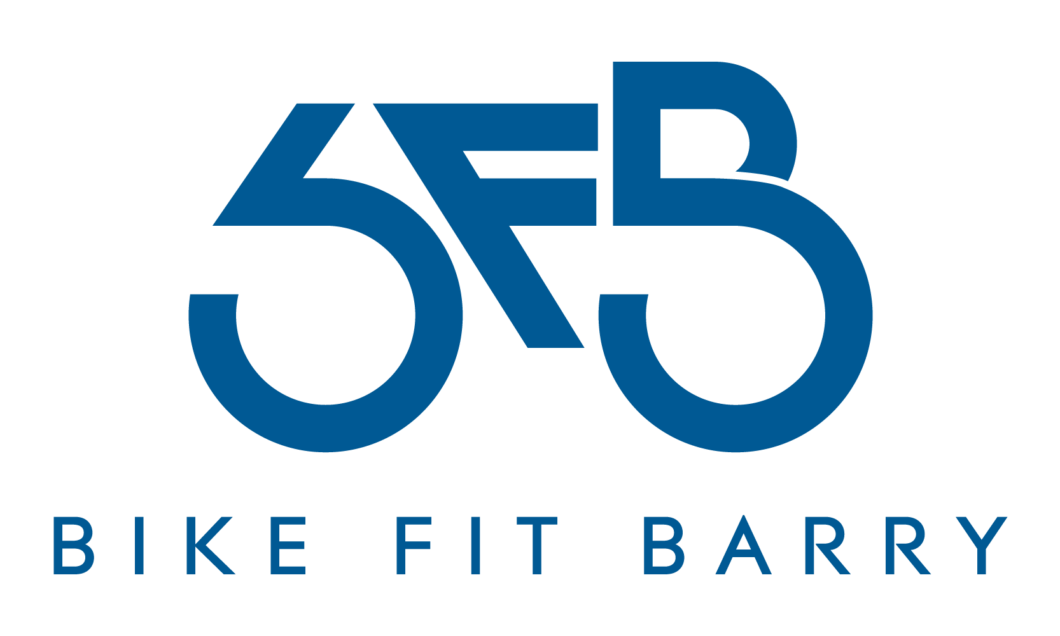
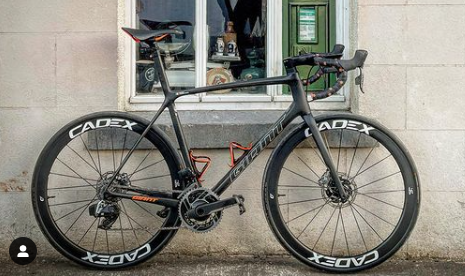

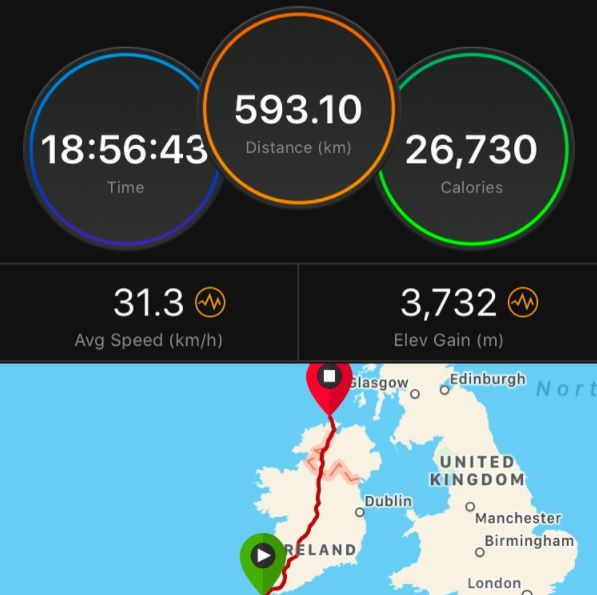
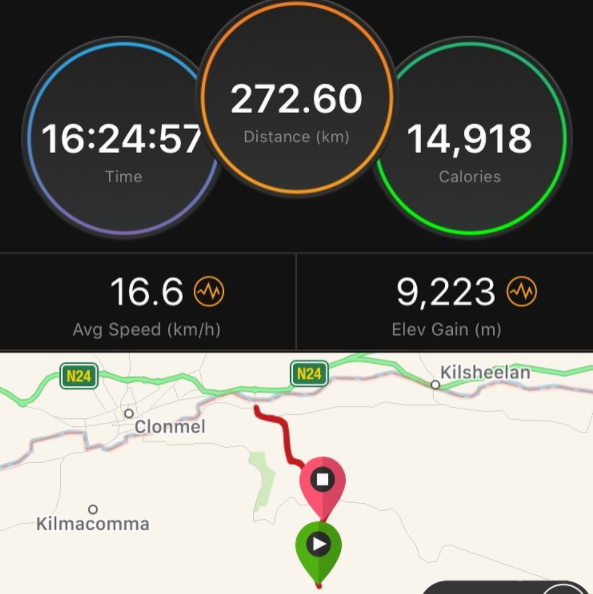
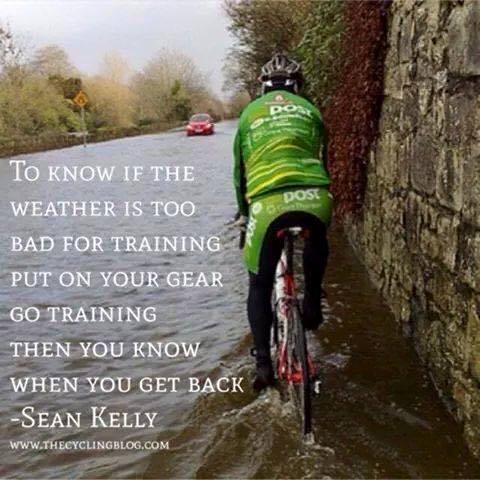

14 COMMENTS
Pat
Re No. 4, finding the time. The best time that works for me is early morning. It’s bright at 5am! Less traffic, best part of the day etc. Can get in 1-2 hours with no loss of family or work time. Also get to see less TV, as you go to bed earlier!
Damian Bannon
Great post, Barry.
I learned a lot when I joined a few rides with the local club in Swords, particularly the gearing tip. I used to ride a bike like the car, heading for the highest I could push. They taught the merits of spinning a nice cadence.
I also struggled to find time and was ending up with a long (35-40 mile) Sunday morning run followed a week (or two) of doing nothing. I recently switched to cycling to work – about 20-25 miles there and back, and now manage up to 100 miles through the week and feel a lot better on the bike.
dB.
Bicyclebill
About cycling shorts. They should fit rather snugly. In this manner those important private parts can be held up and out of the way. I know of nothing more disheartening than to come off a sprint and sit on a vital part dangling out of position.
Przemo
Great article! The link in 5) about washing seems to be broken…
Barry
Thanks for the heads up Prezmo, I have that sorted now
Alice Lee
Very informative blog. I was searching for something like this. your blog helped me a lot. Thank you so much for sharing.
Jaclyn mora
Very nicely written, I agree with your point of mental block in context of climbing.
Darrell Gullo
Thanks for sharing such an informative post Barry. And Re no.2 How to Climb, it helped me a lot. I was searching for a post that helps me climbing up at ease with my cycle. But I ended up in a very big frustration, and then I accidentally landed on your page and it really helped me a lot. Good work dude. Keep going.
Gerry Gethins
Barry, thanks a lot for sharing all your knowledge and experience, its vital stuff for cyclists of all levels and as you say, “if you are never informed, how will you ever know”! Keep up the good work!
Also for anyone thats thinking of buying Onda gear from Barry and Sean, its top quality.
Candice
Great list. I know it sounds basic but I would add a note about clothing colors – I’m still amazed by how many riders in my local area are wearing dark colors. A bright pop of color increases your visibility to drivers – some of whom are distracted. If you aren’t comfortable wearing a colorful jersey, at least wear a wrist cuff with bright yellow on it.
Jordi
Nice blog!
If you are interested
You can read our new post “SPRING CLASSICS 2017. MORAL WINNERS.”
and follow us on our blog, http://letsvelo.com/blog/
Thank you so much!
Simon N
Some great insights in your write up! I really love your images and how you illustrate your ideas and points. Keep it up mate
Jamie Rice
Great post Barry, particularly like number 6 – I’ve fallen victim to the gears a few times in my life!
I thought it might be handy to have something about what to do if you should be unlucky enough to be involved in an accident on your bicycle? I’ve found this which is pretty good: http://www.forsterdean.co.uk/cycling-accidents/
Marsh Lee
As a passionate cyclist, I can’t emphasize enough how crucial a reliable cycling computer is for enhancing your riding experience. Whether you’re a seasoned pro or just starting out, having the right tech on your handlebars can make all the difference.
You can check out our blog on cycling computers and make a decision of which bike computer to buy –
https://www.huneybuney.com/best-bike-computer-2024-top-gps-heads-units-for-cycling/